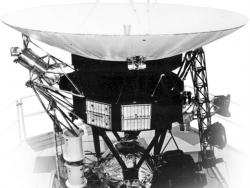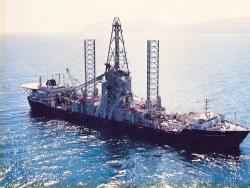A number of major engineering feats required to complete the tasks for the mission at hand, which were later used in further projects
The Hughes Glomar Explorer was designed to complete the mission of lifting a 2,000-ton Soviet submarine 17,000 feet from the bottom of the Pacific Ocean.






